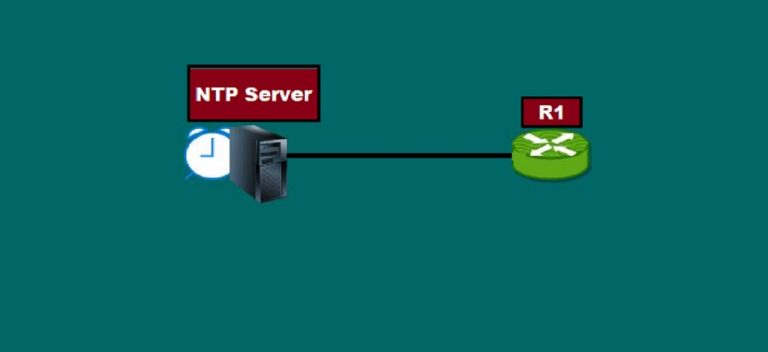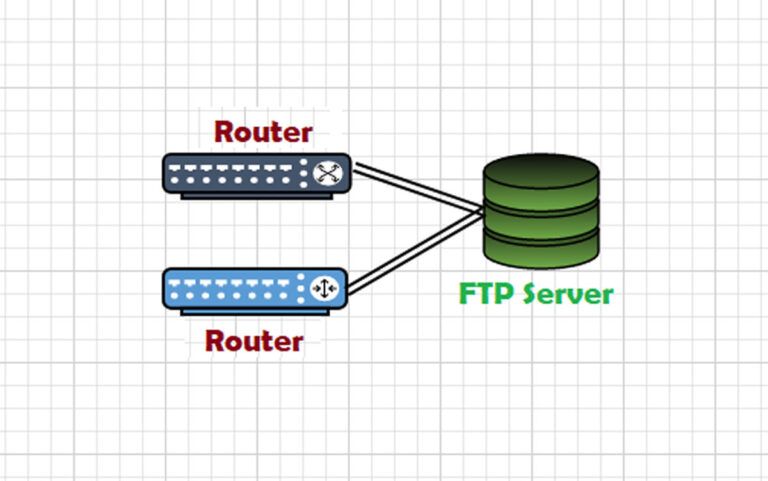RIP Passive Interface: How to Stop RIP Updates
Introduction
Passive interface is a command in RIP that is used to stop unwanted traffic to LAN and WAN. The Passive Interface feature in RIP allows you to select a specific interface from being sent its routes. You can configure the passive-interface in the router configuration mode.
Sometimes we want to restrict our routes in a specific network. Blocking these routes serves to protect against bandwidth consumption, security risk, or if the router is connected to the switch. There is no need to send RIP updates to the switch. We don’t want to isolate RIP updates from the remaining network, but also want to be part of this network. We achieve this task through the use of the RIP passive interface. So, we will be part of our network and we will exclude RIP updates from being sent to the remaining network.
RIP passive interface will not send its updates to the neighbor router, but it will get updates from the neighbor router.
A passive interface enables us to control the routing updates, optimize resource utilization, and control security risk up to some extent.
When you want to configure a passive interface, first you will enter into router mode, then you will write a passive interface followed by the interface name, which you want to block from sending updates.
By showing the IP protocol command, we can verify the configuration of the passive interface in the RIP Protocol. Show running configuration and debug IP rip commands can also verify its configuration.
Lab Topology for RIP passive interface
We will use four routers in the packet tracer lab topology. There are R1, R2, R3 and R4. Configure IP addresses as given in the diagram. Similarly, configure RIP v2 Protocol on it.

Here we are taking router R1 and its interface fast ethernet 0/0. On fast ethernet 0/0, we will configure the passive-interface command so that it will not propagate RIP routes to R2. Similarly, if any traffic was coming to R2 through R1, then now the traffic will change its path, it will become via R3 to R2. Router R1 interface fast ethernet 0/0 will still listen to the routes, but will not advertise it.

Check the routes on R2.

Network 192.168.1.0/24 is still reaching to R2 via R1(1.1.1.1). but earlier we thought that the passive-interface would not advertise route updates, but it is doing that. The answer is that there is an invalid and flush timer in RIP. So when these timers will expire then the network 192.168.1.0/24 will not come to R2 via Fast ethernet 0/0 of R1. But it will come to R2 through R4 > R3 > R2. Let’s check Router R2 because the timer has expired.







